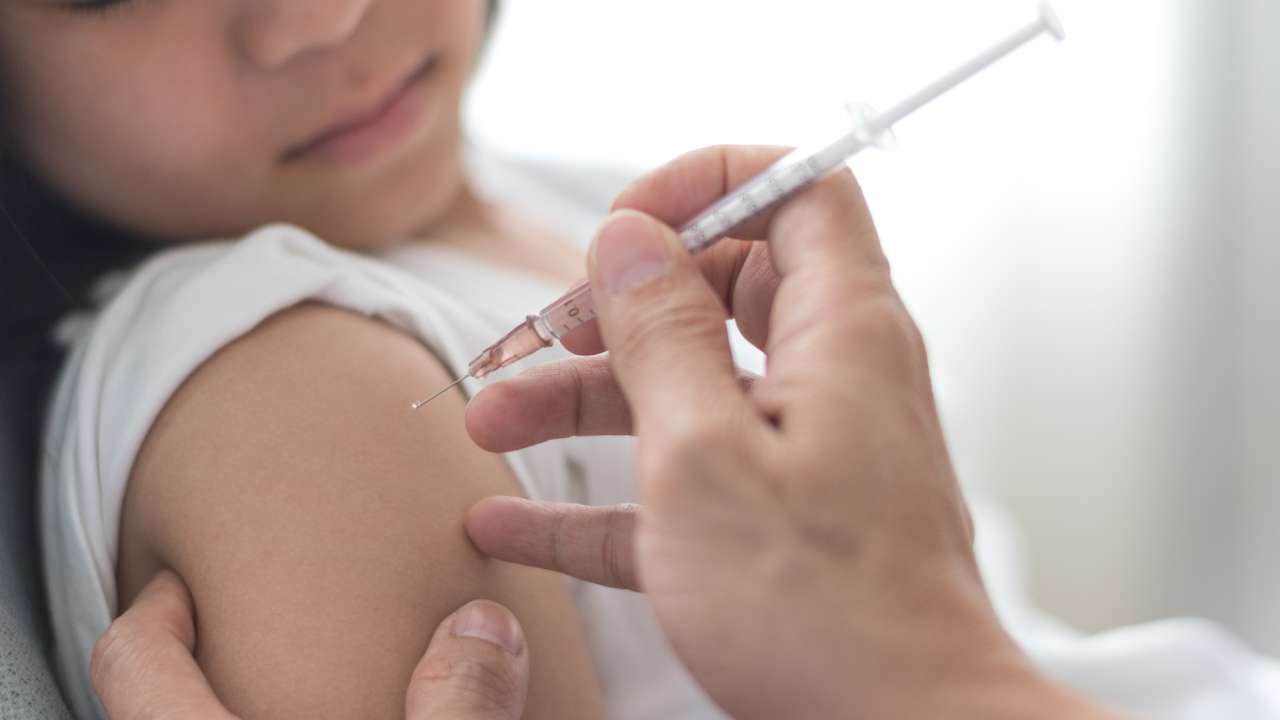A child’s allergies — and allergy medication — can affect how they feel and behave. It can also increase their risk of developing additional conditions, such as asthma.
The good news is that allergy medication isn’t the only treatment option for kids with allergies. Some allergies can be treated with immunotherapy, even in young children. But before you begin allergy immunotherapy for your child, you’ll want to gather all the facts:
What is immunotherapy for allergies?
An allergy is an immune response — your body’s overreaction to a particular trigger (allergen). Immunotherapy works like a vaccine to help the body build immunity toward that allergen.
Exposing your body to a tiny amount of a particular allergen helps your immune system slowly develop a tolerance. The amount you’re exposed to increases weekly over three to six months. After that, you’ll maintain that tolerance by receiving the highest effective and safe dose monthly for three to five years.
Allergy immunotherapy may be an option for children with conditions such as:
- Allergic conjunctivitis, or inflamed eye tissue that happens as a reaction to pollen, dust, mold or pet dander
- Allergic rhinitis, caused by breathing in allergens such as dust, animal dander or pollen (seasonal allergies)
- Asthma triggered by allergies
- Insect sting allergies
Types of immunotherapy for allergies
Most people associate allergy immunotherapy with “allergy shots.” But there are two types of allergy immunotherapy treatment available for children:
- Subcutaneous (injected) immunotherapy (SCIT), or allergy shots, involves exposing children to increasing doses of the allergen over time.
- Sublingual (under the tongue) immunotherapy (SLIT) is currently only FDA-approved for some children in tablet form (not drops) and available to treat dust mite, grass and ragweed allergies.
When can a child start immunotherapy for allergies?
Children can receive allergy testing at any age. Research shows that allergy immunotherapy is safe for children under 5. But most experts recommend waiting until age 5 to begin immunotherapy. That way, children are old enough to communicate their symptoms and better tolerate regular injections.
Age isn’t the only determining factor for allergy immunotherapy. A child may be a candidate for immunotherapy if they:
- Have moderate to severe symptoms that occur for at least a few months a year
- Haven’t responded well to their current medication plan
- Cannot tolerate the side effects of their medication
- Cannot avoid environmental triggers
Benefits of allergy shots and immunotherapy for kids
The effectiveness and benefits of immunotherapy can vary by child. When immunotherapy is successful, it can:
Provide long-lasting symptom relief
Most children see some symptom relief after just a few months of immunotherapy. Some children may experience lasting relief, even after the treatments end.
How well allergy immunotherapy works may depend on:
- Length of the treatment program
- Strength of the doses administered
- Whether the allergens identified during the initial evaluation were accurate
Reduce the need for medication
Common medications prescribed for allergies are antihistamines, decongestants and corticosteroids. Some of these allergy medications may cause side effects that include:
- Anxiety
- Difficulty sleeping
- Drowsiness
- Hyperactivity
The goal of allergy immunotherapy is to help your child taper and eventually stop their allergy medications.
Decrease the risk of asthma
There’s a close link between allergies and asthma:
- An allergy doesn’t cause asthma, but having allergies makes a person more likely to develop asthma.
- Almost 40% of people with allergic rhinitis, including children, also have asthma.
- An allergic reaction may trigger an asthma attack in people with asthma.
Research shows that allergy immunotherapy may have a preventive effect in children with allergic rhinitis, reducing their risk of asthma. Children who see the most protective benefit from immunotherapy tend to receive treatment for at least three years, regardless of the allergen or the type of immunotherapy.
Downsides of allergy immunotherapy
There are some negative aspects to immunotherapy that parents should consider:
Time commitment
Immunotherapy requires consistency and a long-term commitment — typically three to five years. Children getting allergy shots may need to get them multiple times a week in the beginning — over time, the shots will be monthly. Sublingual tablets are taken daily.
Possible adverse reaction
Any time you introduce an allergen — even trace amounts — an immune reaction may occur. When side effects do occur from immunotherapy, they tend to be localized. For allergy shots, reactions including redness, soreness or hives can happen at the injection site. The response to sublingual tablets may include nasal symptoms, itchiness and irritation around the mouth.
Research shows that more than 70% of people have a localized reaction to immunotherapy at some point. But reactions are typically mild and lessen as treatment progresses.
Questions to ask before your child begins immunotherapy
Before starting allergy immunotherapy, check if your health insurance covers the treatment. You’ll also want to talk to your pediatric allergist about:
- How often and for how long your child will need to receive treatment
- How you can help prevent adverse reactions
- How to treat adverse reactions if they occur
- Possible interactions with other medications and supplements your child takes
- When your child can stop or reduce current allergy medications



